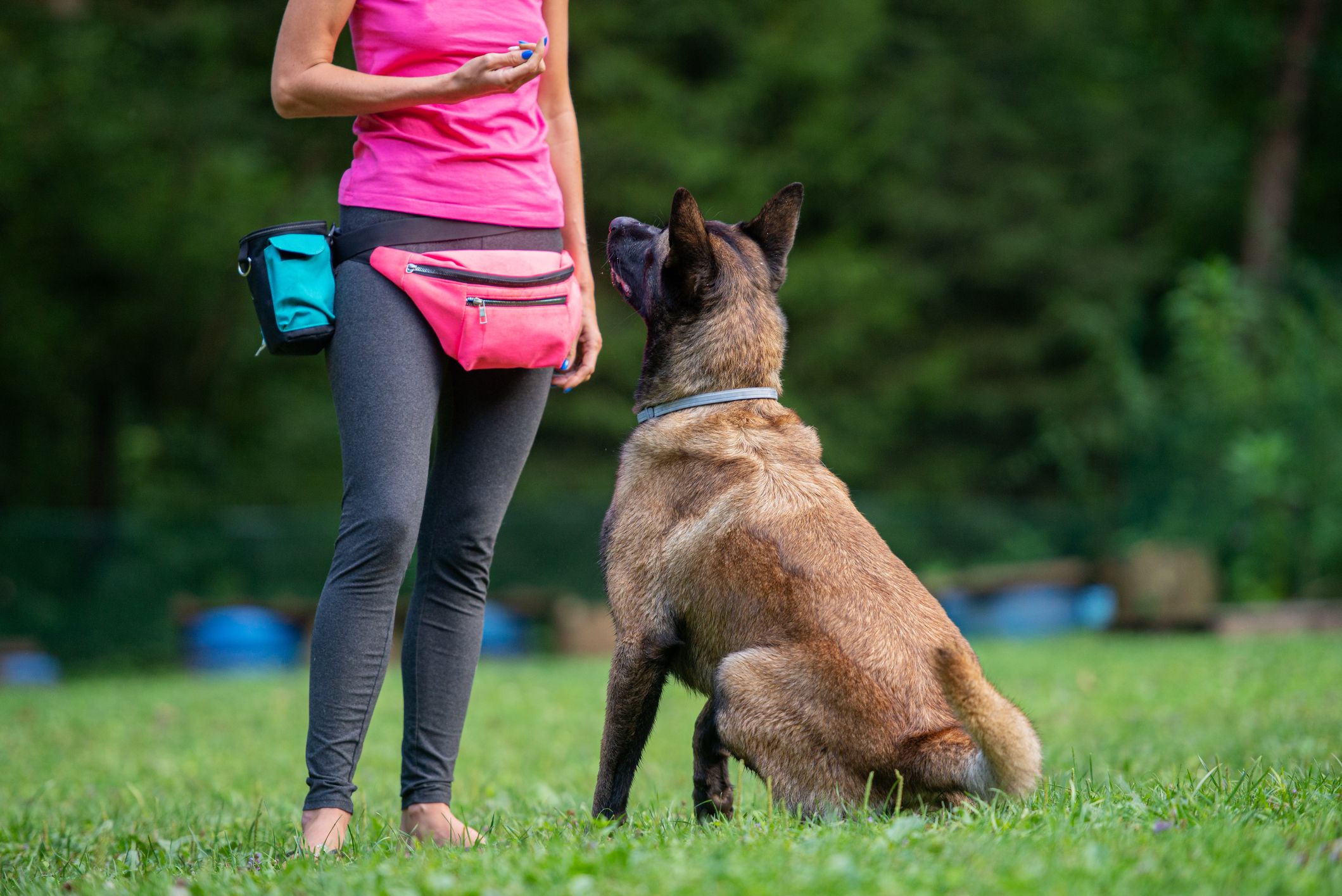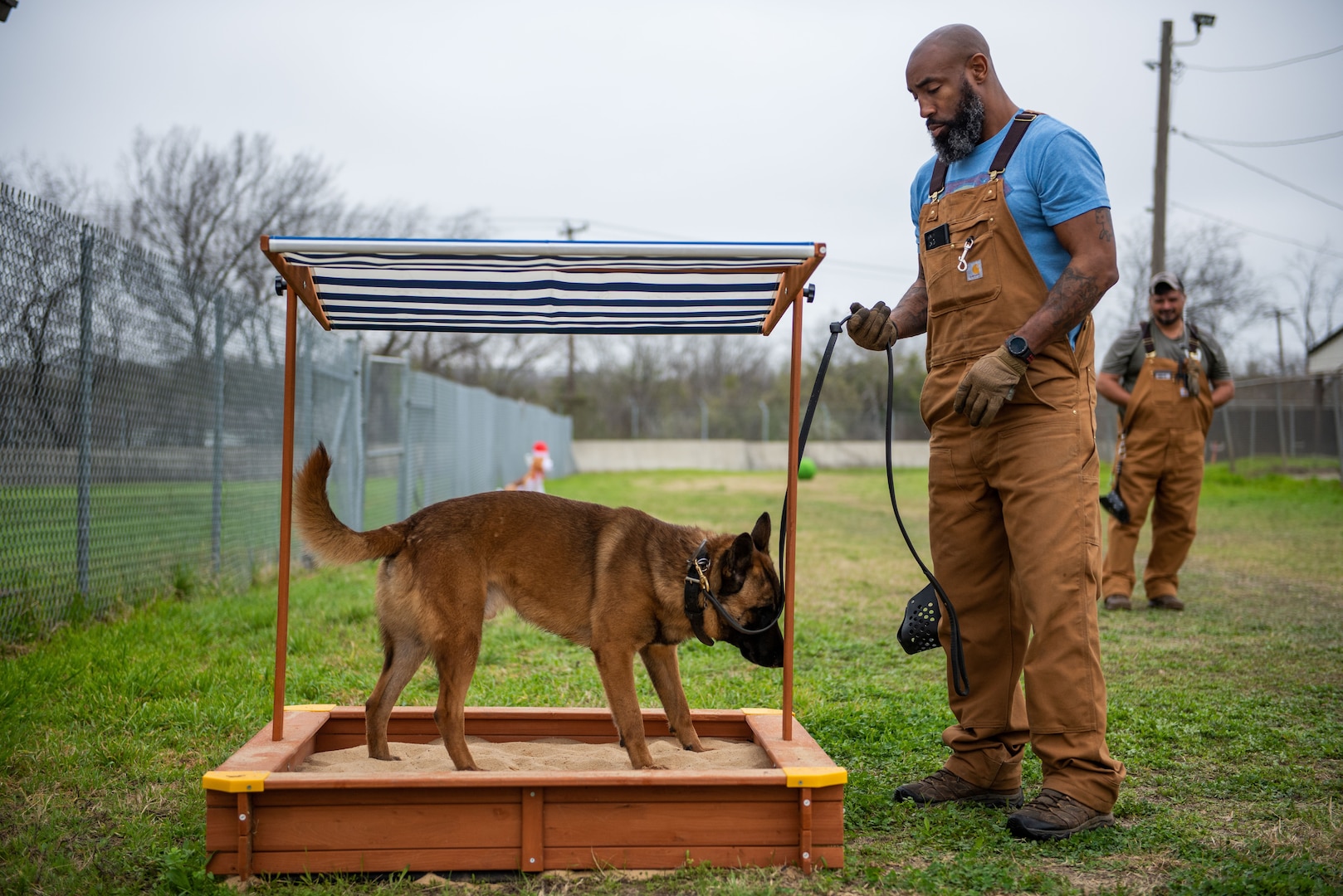Effective Dog Training Tips to Correct Common Behavioral Problems
Effective Dog Training Tips to Correct Common Behavioral Problems
Blog Article
Newbie's Guide to Effective Canine Training at Home
Successfully educating a pet dog in the house needs a nuanced understanding of canine actions and efficient communication methods. Establishing clear training goals, making use of premium incentives, and maintaining uniformity throughout family participants are vital elements. Furthermore, incorporating training right into day-to-day routines can enhance both engagement and retention. Several novice instructors experience difficulties that may prevent progress. To navigate these intricacies efficiently, it's important to explore several essential facets that can transform your technique and bring about an unified connection with your animal. What basic principles should every newbie grip to make sure success?
Recognizing Dog Habits
Recognizing canine actions is necessary for effective training and fostering a harmonious partnership between humans and their canine friends. Pet dogs interact mostly through body movement, vocalizations, and faces, making it vital for owners to interpret these signals precisely. Identifying actions such as tail wagging, grumbling, or cring can supply insights right into a dog's mood and intentions.

Common behavioral issues, such as aggression, anxiety, or excessive barking, usually stem from misconceptions or unmet requirements. Observing and addressing these problems without delay can prevent escalation and ensure a favorable training experience. By cultivating a deep understanding of dog behavior, proprietors can tailor their training techniques to suit their canine companions, eventually resulting in a happy and mannerly pet.
Important Educating Tools
A well-appointed training room can substantially enhance the efficiency of dog training in the house. Vital training tools ensure that both the pet and the fitness instructor can participate in effective sessions that cultivate knowing and bonding.

Spending in a strong chain and a comfortable, well-fitting collar or harness is essential for safety and security and control. These devices aid establish boundaries and ensure the pet dog continues to be protected throughout training. Additionally, an assigned training location, without diversions, aids focus for both the pet dog and the instructor.
Educating aids such as training pads, cones, or dexterity tools can also boost the experience by introducing variety and challenges. Having a notebook or electronic app for tracking progress can be important, allowing you to note successes and locations for renovation. Using these important devices will develop a favorable training setting and lay the structure for effective learning.
Producing a Training Regimen
Establishing a constant training routine is vital for effective canine training at directory home. A well-structured regular not just assists in enhancing wanted behaviors however additionally gives your canine with a complacency and predictability. To produce an effective training routine, start by determining details training objectives, such as fundamental commands, leash walking, or house-training.
Pick a designated time every day for training sessions, ideally when your canine is sharp and receptive. Procedure ought to be brief, around 5 to 15 mins, to maintain focus and avoid tiredness. Consistency in timing and atmosphere will boost your pet's discovering experience.
Incorporate training right into day-to-day activities to enhance abilities. For instance, technique commands throughout walks or mealtime, which incorporates finding out into all-natural regimens. In addition, stay flexible and adjust the regular as required, suiting your pet's power levels and state of mind.
Favorable Reinforcement Strategies
Favorable reinforcement methods are fundamental to efficient canine training, advertising preferred habits via benefits instead of punishment. This approach uses positive stimuli, such as deals with, praise, or play, to urge canines to repeat particular activities. The keystone of this strategy is timing; benefits must be offered instantly following the preferred behavior to create a clear association.
When executing positive reinforcement, it is necessary to select benefits that are motivating for your dog. High-value treats, such as tiny pieces of hen or cheese, can be particularly effective throughout training sessions. In addition, differing the incentives can preserve your dog's interest and excitement.
Begin with simple commands, like "sit" or "stay," and slowly her latest blog development to a lot more complicated tasks. Consistency is vital; make sure that all family participants use the exact same commands and reward systems to prevent complication.
Furthermore, it is crucial to remain individual and stay clear of frustration. Dogs, like human beings, learn at their own speed. By cultivating a supportive training atmosphere via favorable reinforcement, you can improve your dog's knowing experience while reinforcing the bond between you and your furry friend, preparing for effective training outcomes.
Typical Training Difficulties
While educating a dog in your home can be a satisfying experience, it usually features a collection of usual difficulties that can examine both perseverance and uniformity. One widespread problem is interruption. Dogs might end up being conveniently sidetracked by sounds, movements, or perhaps aromas in their environment, making it challenging to preserve their focus during training sessions.
Another challenge is incongruity in commands and reinforcement. If family participants make use of different signs or rewards, it can confuse the dog and prevent development. Developing a unified method is important for reliable interaction.
Additionally, dogs can experience aggravation or stress and anxiety, especially if they do not comprehend what is expected of them. This can cause unfavorable behaviors, such as barking or eating.
Ultimately, the timing of reinforcement is critical (Dog training). Postponed benefits can reduce the efficiency of positive support, as pets may stop working to connect the habits with the incentive
Getting over these obstacles requires commitment, clear interaction, and a structured training strategy. Identifying and attending to these typical barriers will certainly pave the means for a more successful and delightful training experience in the house.
Final Thought
In final thought, successful pet training in your home necessitates a detailed understanding of canine actions and reliable interaction approaches. By developing clear training goals and making use of high-grade treats together with positive reinforcement, the training process comes to be much more satisfying for both the trainer and the pet dog. Patience, adaptability, and consistency are important components that help with knowing. Inevitably, incorporating training right into everyday regimens boosts the bond between dog and proprietor, making the experience both pleasurable and productive.
Establishing a consistent training regimen is crucial for effective canine training at home.Favorable visit this site right here reinforcement strategies are essential to efficient dog training, advertising desired actions through incentives instead than punishment (Dog training). By fostering a supportive training setting with favorable reinforcement, you can enhance your pet dog's understanding experience while strengthening the bond in between you and your hairy buddy, laying the groundwork for successful training end results
In final thought, effective dog training at home demands an extensive understanding of canine behavior and efficient communication strategies. By developing clear training objectives and making use of high-grade treats alongside favorable support, the training procedure becomes a lot more satisfying for both the instructor and the canine.
Report this page